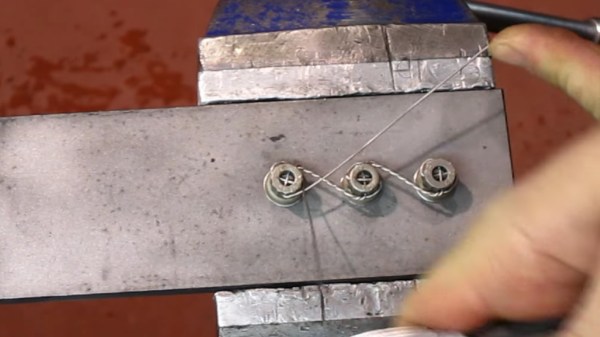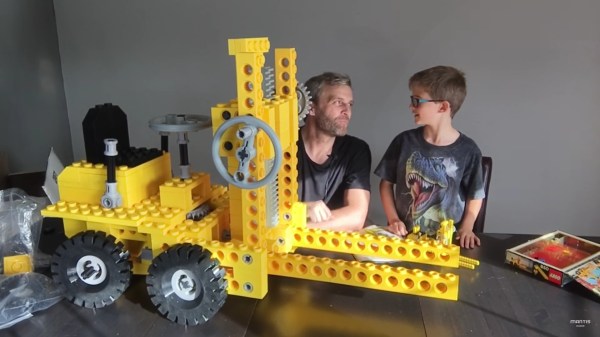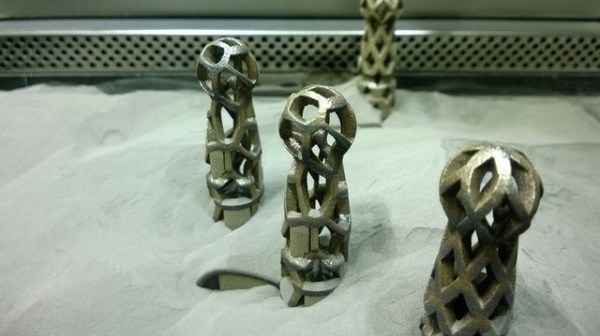I think I can sum up the difference between those of us who regularly visit Hackaday and the world of non-hackers. As a case study, here is a story about how necessity is the mother of invention and the people who invent.
Hackaday has overlap with sites like Pinterest and Instructables but there is one vital difference, we choose to create something new and beautiful with the materials at hand. Often these tools and techniques are very simple. We look to make things elegant by reducing the unnecessary clutter, not adding glitter. If something could be built with a 555 timer we will let you know. If there is a better choice for a processor, we will tell you.
My first real work commute was a forty-minute eastward drive every morning and a forty-minute westward drive every evening. This route pointed my car directly into the sun twice a day. Staring into a miasma of incandescent plasma for an hour and a half a day isn’t fun, and probably isn’t safe, but we can fix that.

















